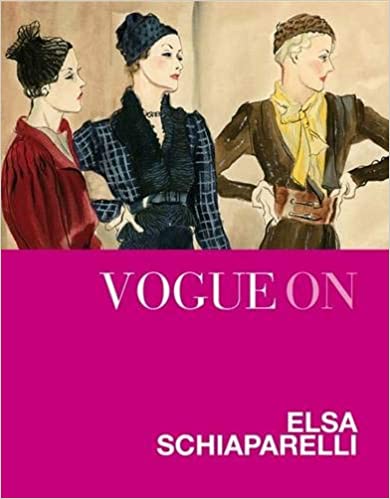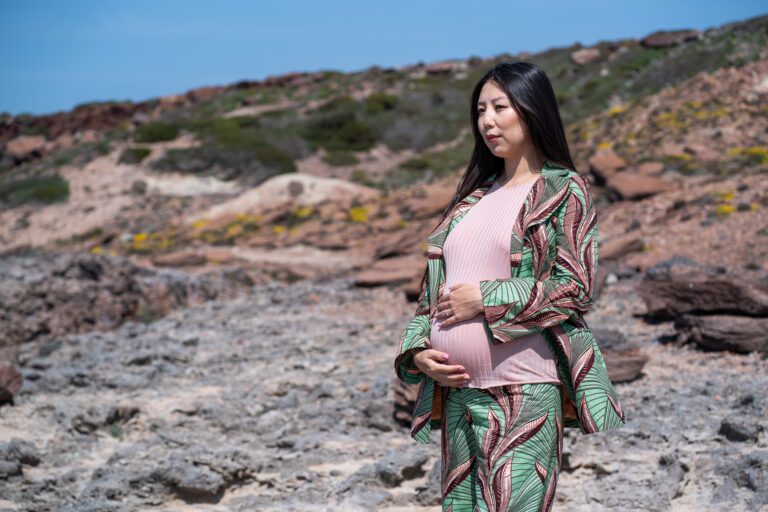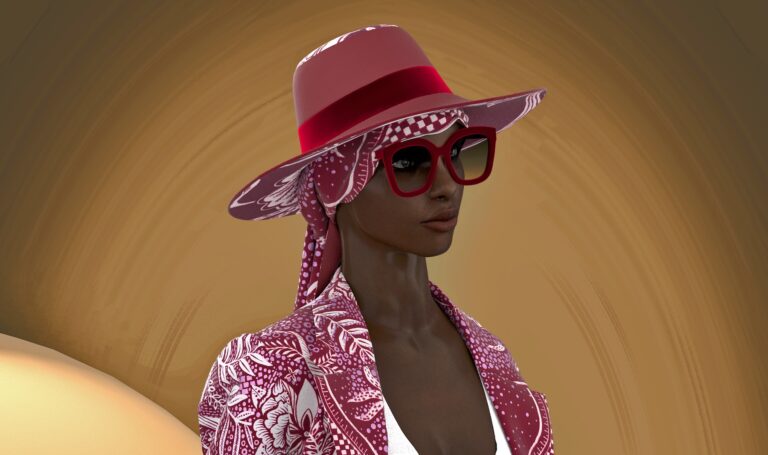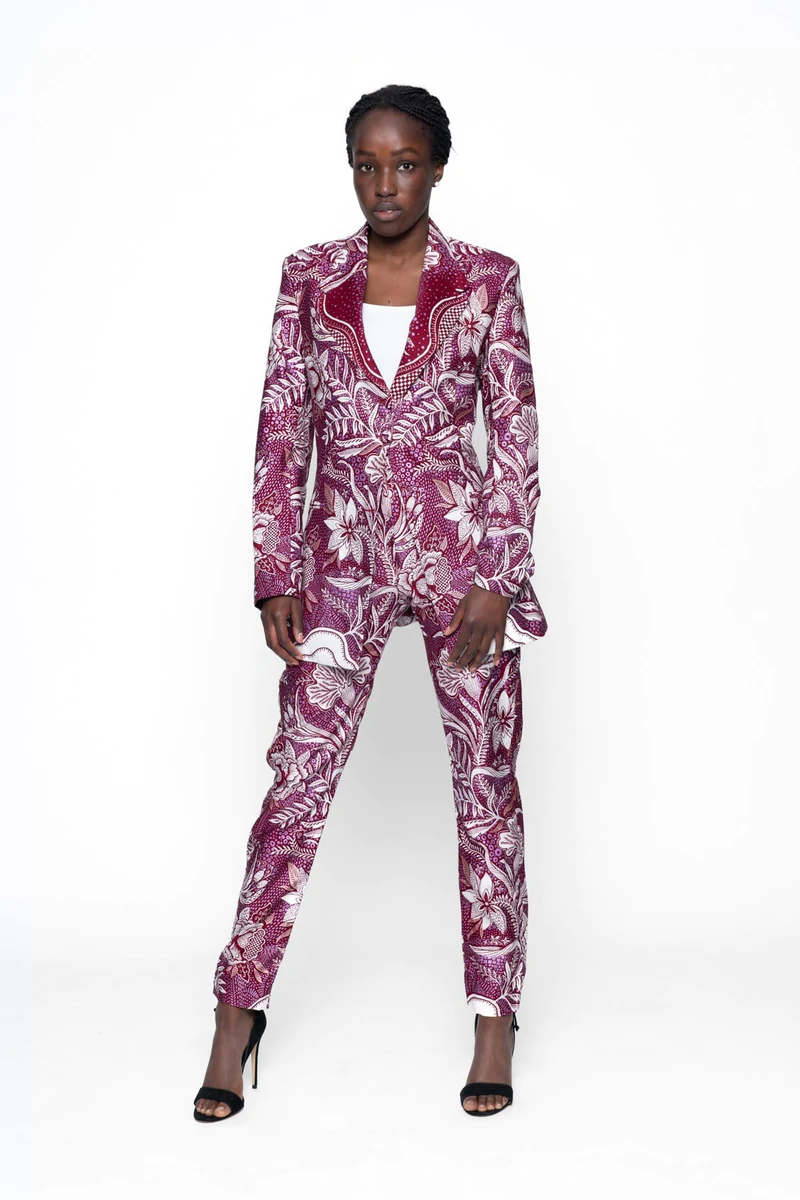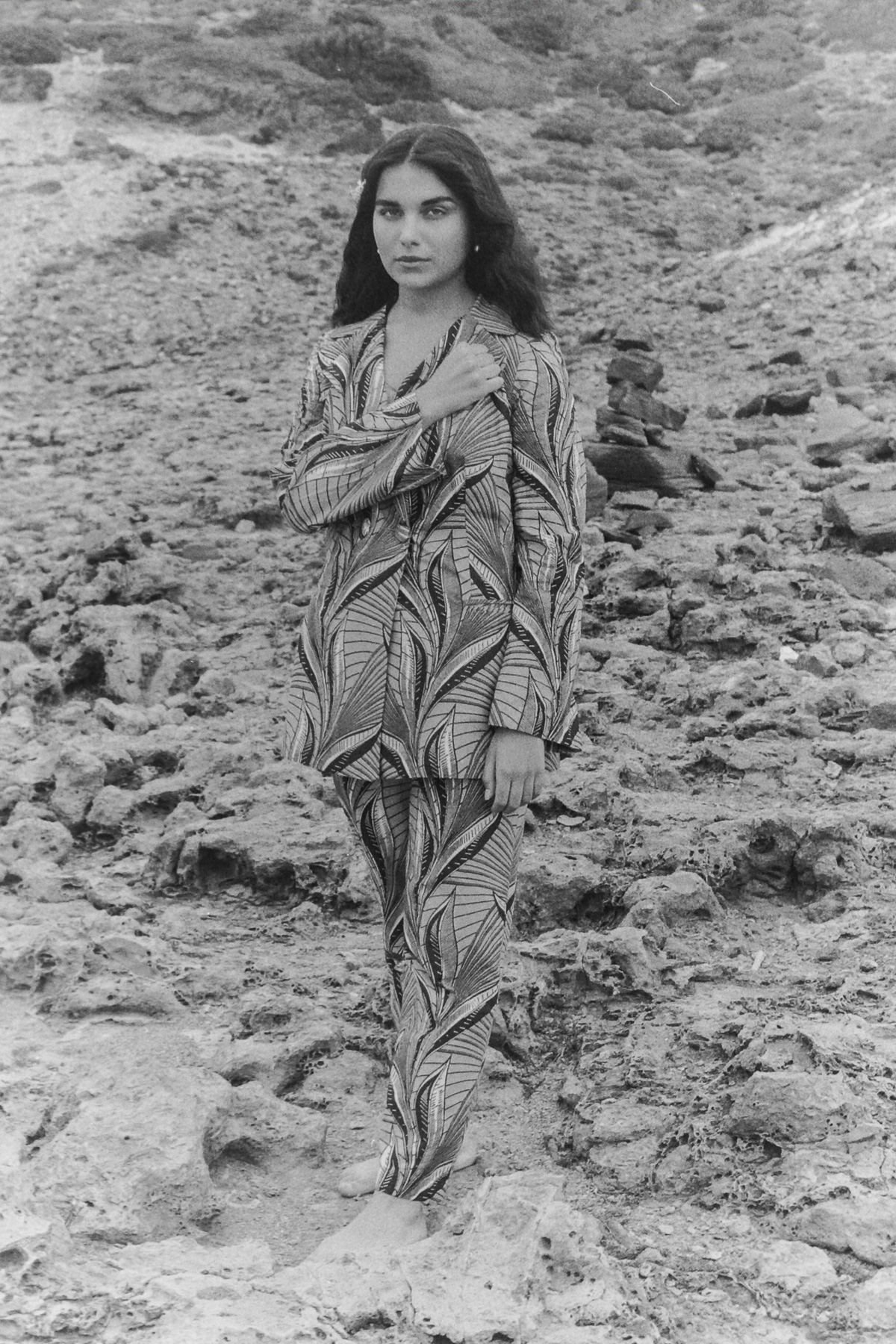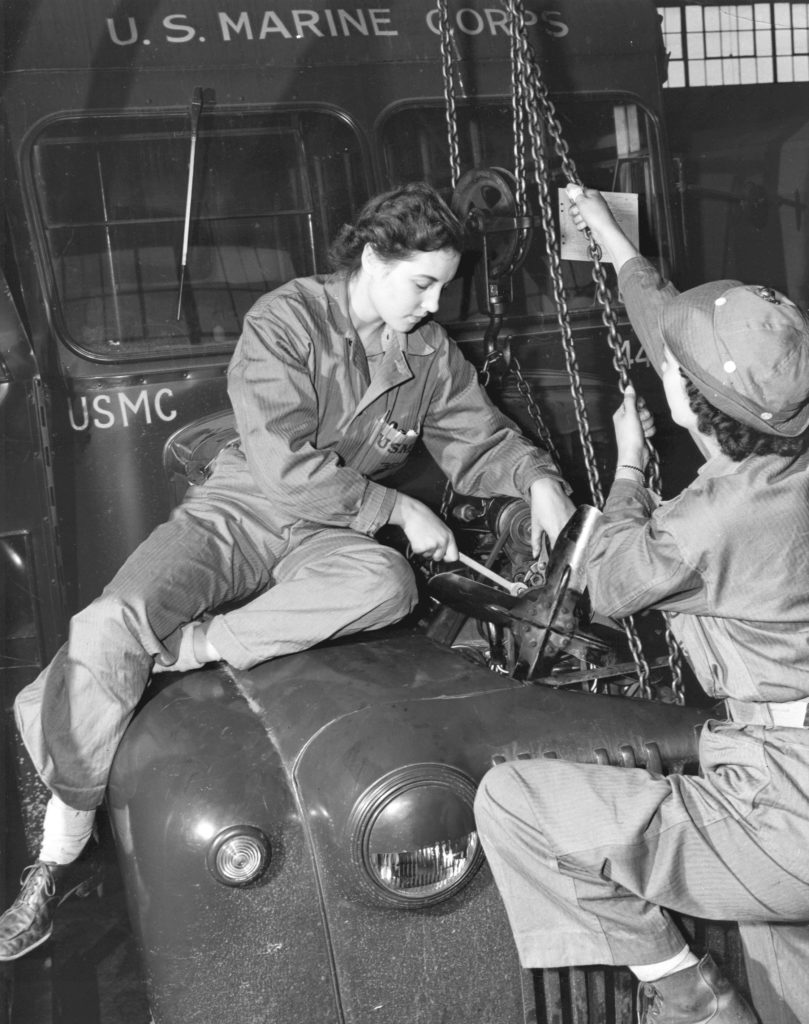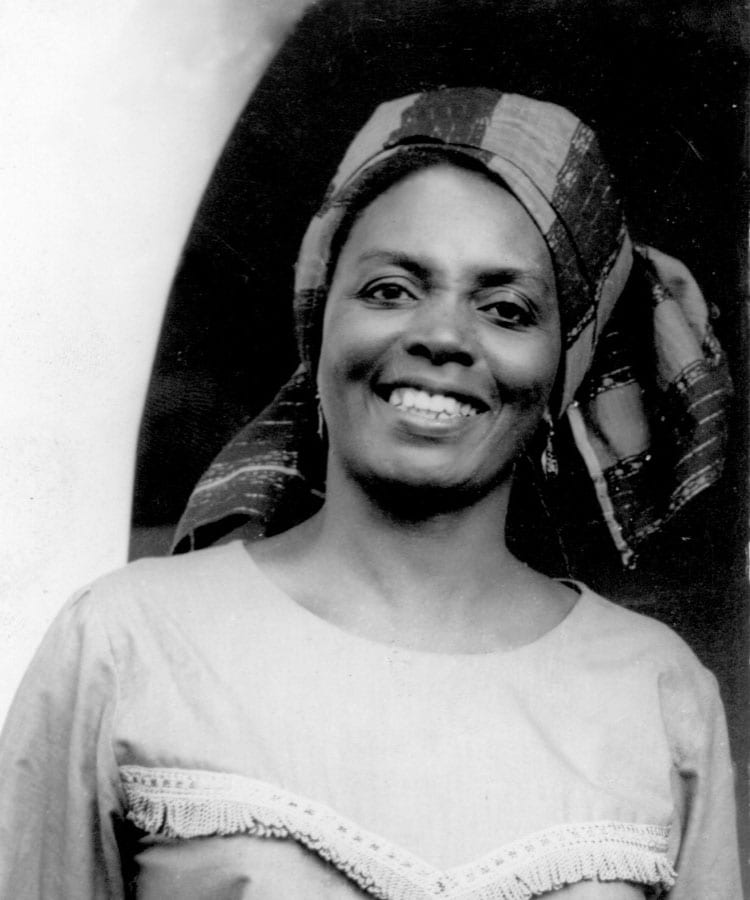Elsa Schiaparelli – A designer ahead of the times
Elsa Schiaparelli is one of the greats of fashion history. This notable Italian designer was born in Rome, the child of an aristocratic mother and scholar father. She made her mark with attire that rivals that of Coco Chanel. In fact, she launched the high-fashion jumpsuit in the early 1930’s made of luxurious green silk with large front pockets. While it created a splash for sure, it had to wait for the end of World War II to really catch fire with the public. It was more practical for women to wear overalls made of cotton while working in the place of the men who had been sent overseas.
Elsa is known to have had a very colorful life. She fled to London to escape an unwanted marriage and then to New York, following a scandal involving her husband in 1916. Upon returning to France in 1922, she began her early fashion work, reflecting the values of the creative 20th century era. She started her career with knitwear, drawing heavily upon the artists of her time such as Surrealists Salvador Dali and Jean Cocteau. The jumpsuit would become her claim to fame; it has become one of the most sought-after items for the modern woman.
World War II forced her to return to New York, but she couldn’t find her footing in the fashion world after it had ended. She eventually closed her couture business, Maison Schiaparelli, in 1954.
A social revolution through fashion
This was not the end for her brand, however, as the house reopened in 2014, reminding the world of her vast legacy. The one-piece jumpsuit may have been the talk of the town in the 1930s but it took decades for it to become an item of choice for the average woman. Credit goes to Vera Maxwell for promoting this sporty attire in the mid-forties. While a novelty item at first, the ubiquitous jumpsuit eventually gained ground for both day and evening wear. It is said to have been based on the parachuter’s uniform even though it was purely functional and not a fashion statement.


Witty and surreal
Of note, the ground-breaking jumpsuit first appeared in Vogue magazine in September of 1964. It was a bold fashion statement at the time, soon to become a permanent trend. Everyone from Oscar de la Renta, Christian Dior, and Andre Courreges to Yves Saint Laurent were on board with individual versions. Halston reigned supreme for his designs in the disco era of the seventies.
Schiaparelli’s heritage did not end there. Geoffrey Beene had the audacity to declare it the ballgown of the next century by 1980. It achieved full status by 2002 when Nicolas Ghesquière of Balenciaga began working with the concept to create an updated version. It is now a wardrobe staple.
